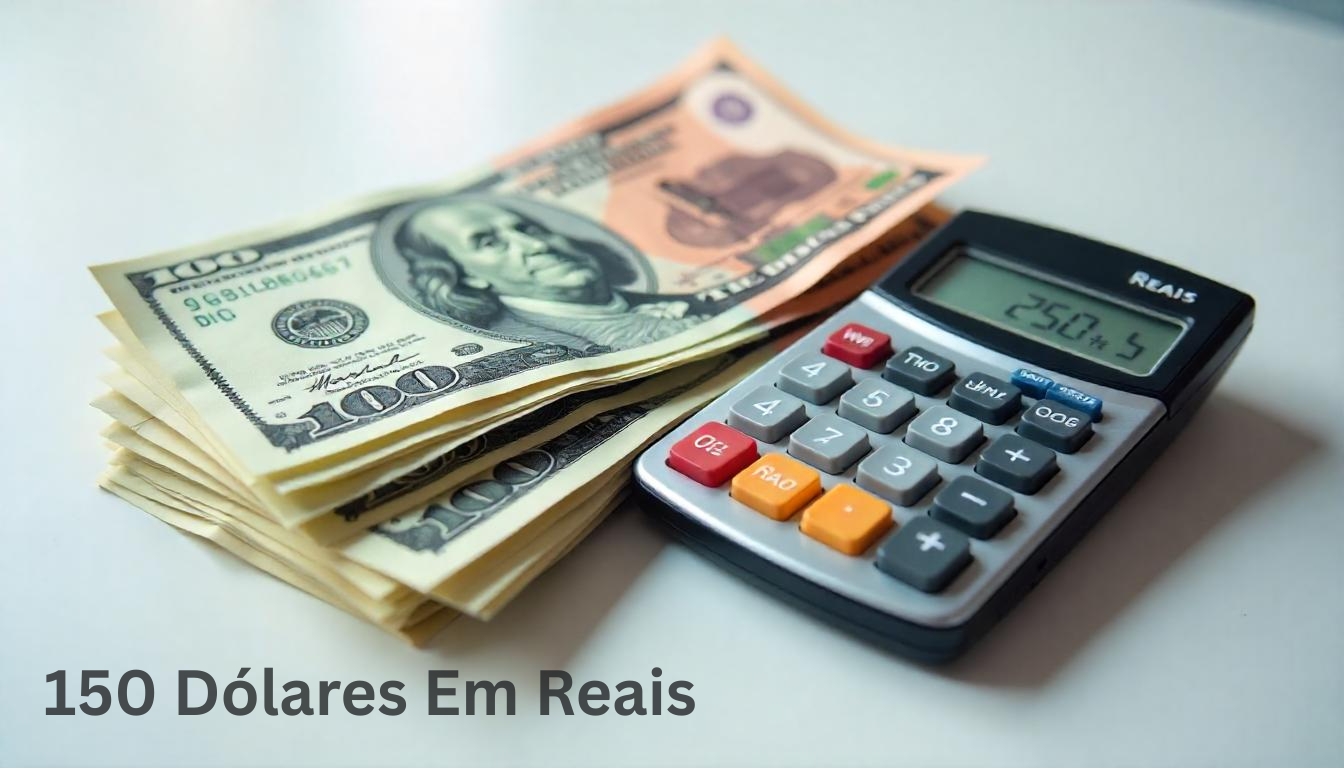A mood board is a visual tool that helps interior designers and homeowners plan their design concepts. It brings together colors, textures, materials, and inspirations to create a cohesive vision. Mood boards simplify the decision-making process and ensure that all design elements align harmoniously. Whether you’re designing a single room or an entire home, mood boards are essential in achieving a well-thought-out interior.
Understanding Mood Boards in Interior Design
Mood boards serve as a blueprint for interior design projects. They help visualize ideas and allow designers to experiment with different elements before making final choices.
Key Elements of a Mood Board
- Color Palette – Defines the overall mood and ambiance of the space.
- Textures and Materials – Includes fabric swatches, wood samples, and finishes.
- Furniture and Decor – Showcases furniture styles, accessories, and decorative pieces.
- Lighting Inspiration – Highlights lighting choices, such as those offered by Inayat Lighting, to enhance the space.
- Patterns and Prints – Adds depth and character to the design concept.
Benefits of Using a Mood Board
- Provides a Clear Vision – Helps translate ideas into a concrete design plan.
- Saves Time and Money – Avoids costly mistakes by pre-planning the design.
- Ensures Cohesiveness – Keeps all design elements aligned with the theme.
- Facilitates Communication – Makes it easier to convey ideas to designers and contractors.
How to Create a Mood Board for Interior Design
1. Define Your Design Style
Before creating a mood board, determine the style you want. Whether it’s modern, rustic, minimalist, or classic, your board should reflect your aesthetic.
2. Gather Inspiration
Look for inspiration from design magazines, Pinterest, and real-life projects. You can also explore Home Interior Design in Bangladesh for ideas tailored to local trends.
3. Choose a Color Palette
Select colors that set the right mood for your space. Neutral tones bring a calming effect, while bold colors add vibrancy.
4. Add Textures and Materials
Incorporate samples of fabrics, wood, metal, and stone to bring depth to your design concept.
5. Select Furniture and Accessories
Pick furniture styles and decorative accessories that align with your vision. This includes sofas, rugs, curtains, and wall art.
6. Consider Lighting Choices
Lighting plays a crucial role in design. Explore options from Inayat Lighting to find fixtures that complement your space.
7. Arrange Your Elements
Use digital tools like Canva or Photoshop to create an online mood board, or assemble a physical board with printed images and samples.
Digital vs. Physical Mood Boards
- Digital Mood Boards – Easier to edit, share, and refine.
- Physical Mood Boards – Provide a tangible feel of textures and materials.
Conclusion
A mood board is an invaluable tool in interior design, allowing you to visualize and refine your ideas before execution. Whether you’re redesigning a single room or planning an entire home makeover, using a mood board ensures a smooth and cohesive design process. Start creating your mood board today and bring your dream space to life!
Meta Description
Learn What Is a Mood Board in Interior Design and how to create one to plan your dream space efficiently and stylishly.






